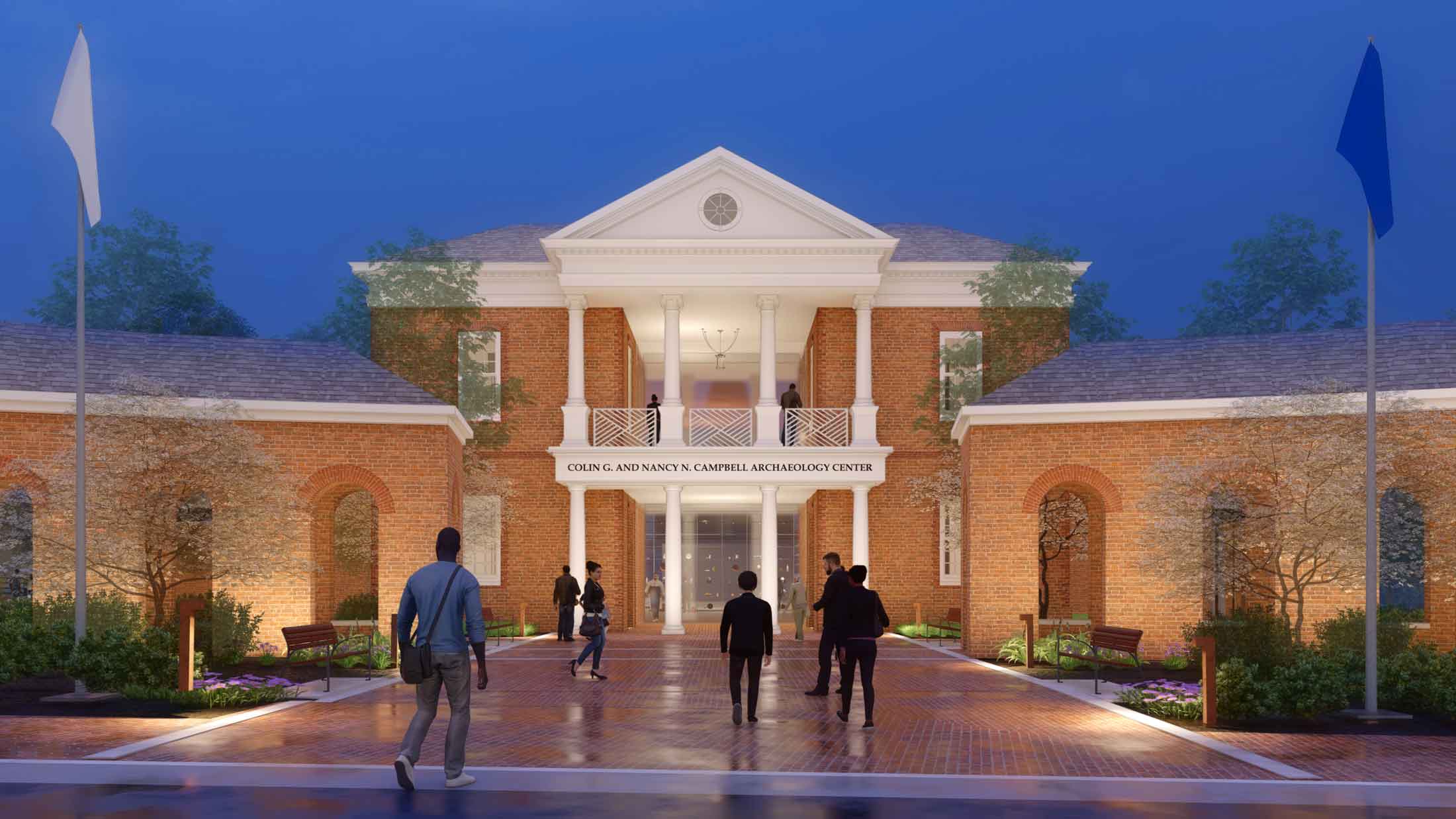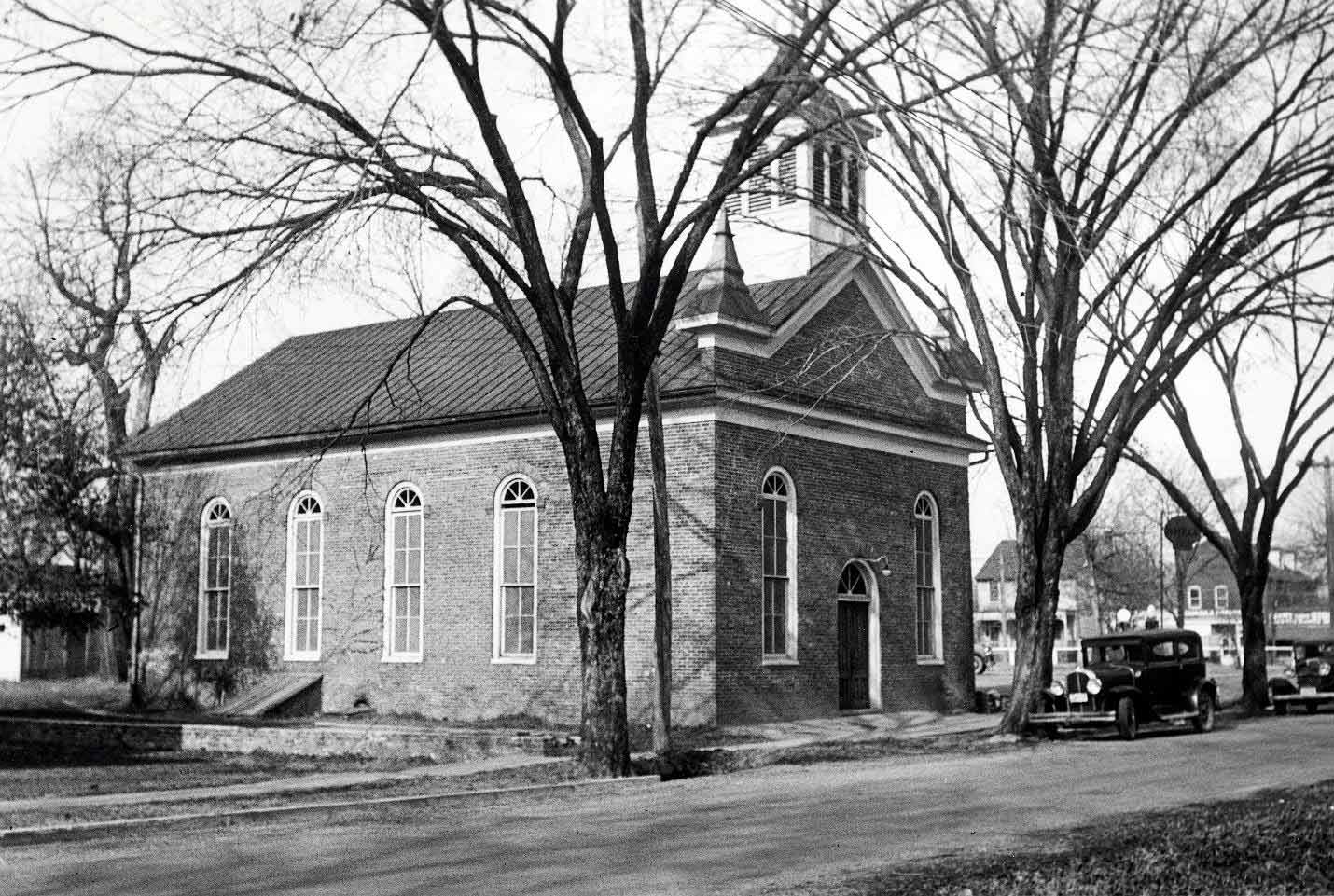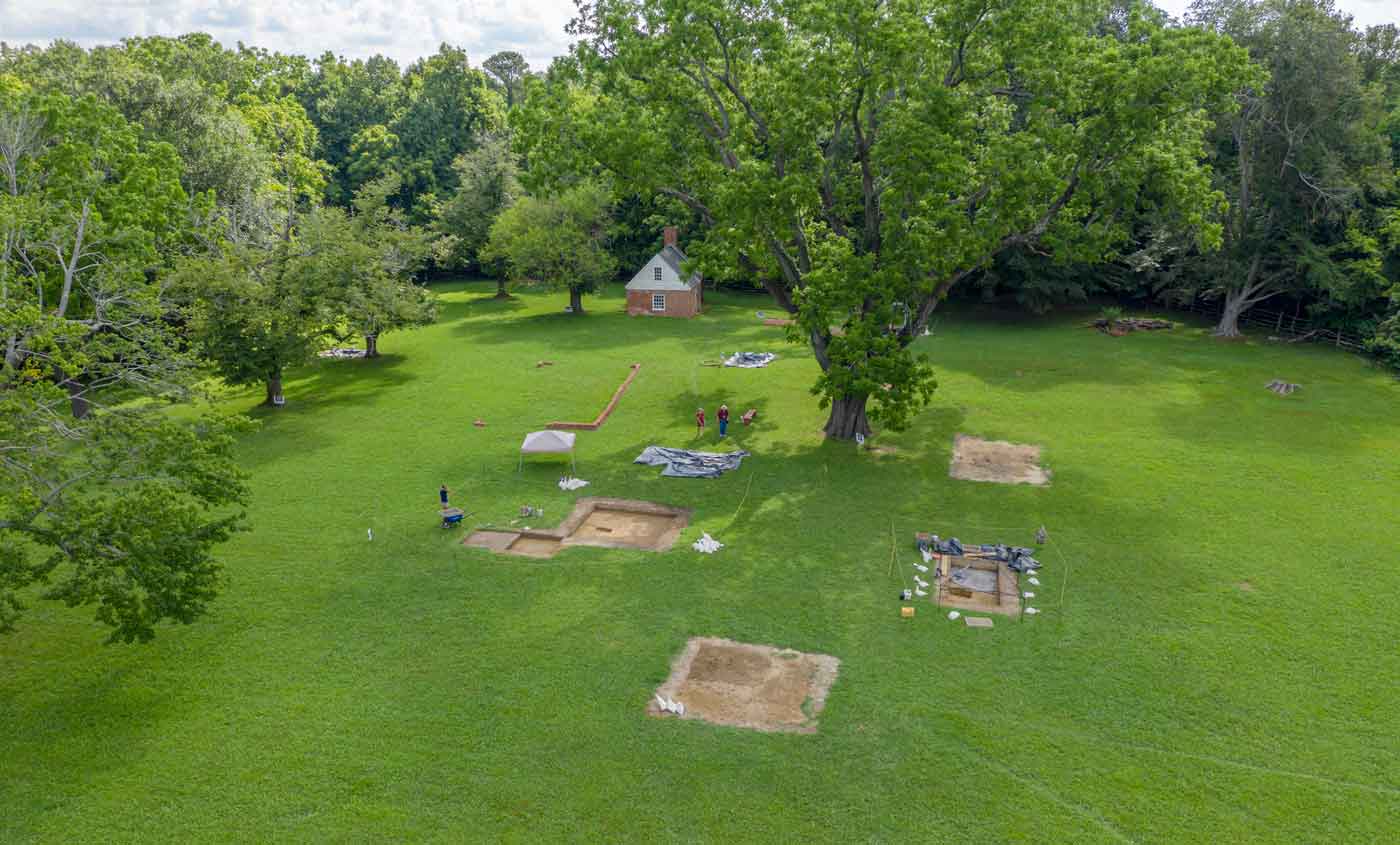The restoration and preservation of Williamsburg, the capital of the largest, most powerful and intellectually influential colony at the time of the American Revolution, began in 1926 and has been ongoing ever since. Through the Power of Place Campaign, we will protect, strengthen and enhance our ability to preserve and discover the past for present and future generations, building on our history of groundbreaking work in this field.
Colonial Williamsburg’s 301-acre Historic Area is the world’s largest U.S. history museum. With 89 original buildings, 225 period rooms and more than 600 buildings restored or reconstructed based on extensive archaeological, architectural and documentary research, the stage is set to share and interpret the nation’s founding story.
This time provides extraordinary opportunities to curate and preserve powerful discoveries that are critical to Colonial Williamsburg’s ability to tell complete stories from diverse points of view.
"Colonial Williamsburg sets the standard for living history museums around the world. ...Coming back year after year is truly inspiring and provides hope in an otherwise challenging time."
Jim and Laura Burke, donors
The Campbell Archaeology Center
The Colin G. and Nancy N. Campbell Archaeology Center will be a state-of-the-art facility purpose-built to allow us to store, study, display and teach about our expanding collection of archaeological artifacts. Here, a much larger audience of guests and scholars will be able to see the artifacts up close, and learn about how they connect with our present, and witness the process of discovery as it unfolds inside the labs.
Campbell Archaeology Center (PDF)
Preserving the Williamsburg Bray School
After the Williamsburg Bray School was identified and relocated to the Historic Area, restoration work revealed the original structural elements that help us understand the experiences of the school's students. Through the Power of Place Campaign, we will continue restoring the school, and develop onsite and online programs to engage Americans everywhere in this untold story.
The Bray School Initiative (PDF)
Preserving the Historic First Baptist Church
Initial excavations at the Historic First Baptist Church’s original permanent site uncovered more than 60 graves, 12,000 artifacts and a trove of clues to the lives of the originating congregation. The site will eventually become a hub for new African-American programming, with a team of interpreters helping guests to understand a more accurate telling of the Black community’s history.
The First Baptist Church Reconstruction (PDF)
"The portrayal of life in the 18th century for all members of society is both fascinating and of great importance."
Martha Tuthill, donor
Rare Breeds and the Randolph Stable
Many people, enslaved and free, operated the Randolph Stable. We plan to recreate the stable on what we believe to be its original site. We will also bring in staff to care for the animals in the Rare Breeds program and interpret their roles for guests. Together these initiatives will help us to more fully integrate animals into Historic Area programming.
Randolph Stable and Rare Breeds (PDF)
The Williamsburg Nursery
The Historic Area’s historically accurate plantings are a wonderful way to engage guests in the past. A reimagined and renovated nursery with new greenhouses, plus areas for seeding and mixing soil, will allow us to propagate more of our own plants rather than rely on outside vendors and expand plant selections for the gardens.

Shaping Our Future by Preserving the Past
Colonial Williamsburg is a leader in the field of early American research, and our preservation projects are vital to our ability to tell a more complete story of the past and offer Americans insights that may shape the future. Other such projects we are undertaking include:
Rediscovering the Magazine and Military Programs
An extensive investigation and restoration of the Magazine, a storage facility for arms and ammunition sent from London for the defense of the colony. The Magazine played a key role in the Gunpowder Incident. Our research will allow interpreters to reveal how the building was used — and what happened here.
Magazine Restoration & Military Programming (PDF)
Preserving Custis Square
John Custis IV was a plantation owner where some of the 200 people he enslaved worked his tobacco fields. He was also an avid gardener with a scientific bent. His life embodies so many of the contradictions that became part of a new American self-definition. South of the where the Custis house stood, we are uncovering his gardens and the stories of the people who tended them. We plan to recreate the gardens and outbuildings, allowing us to interpret this site for guests.
Custis Square Project (PDF)

